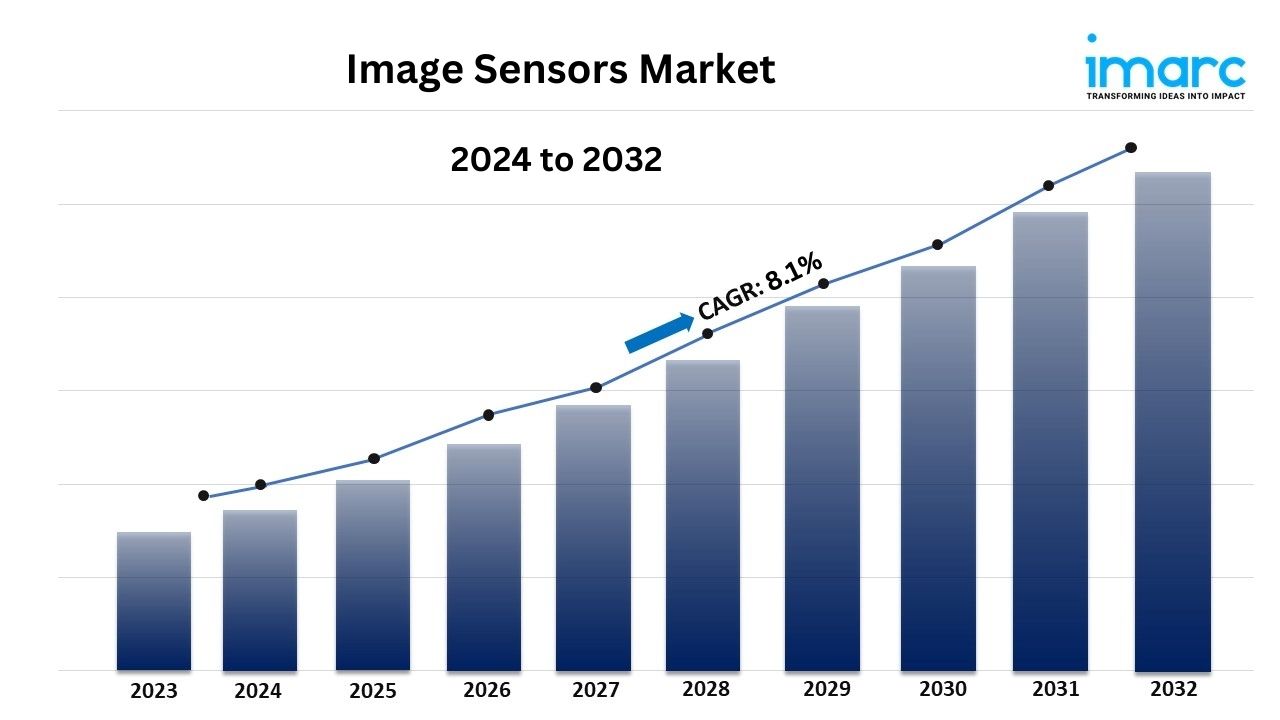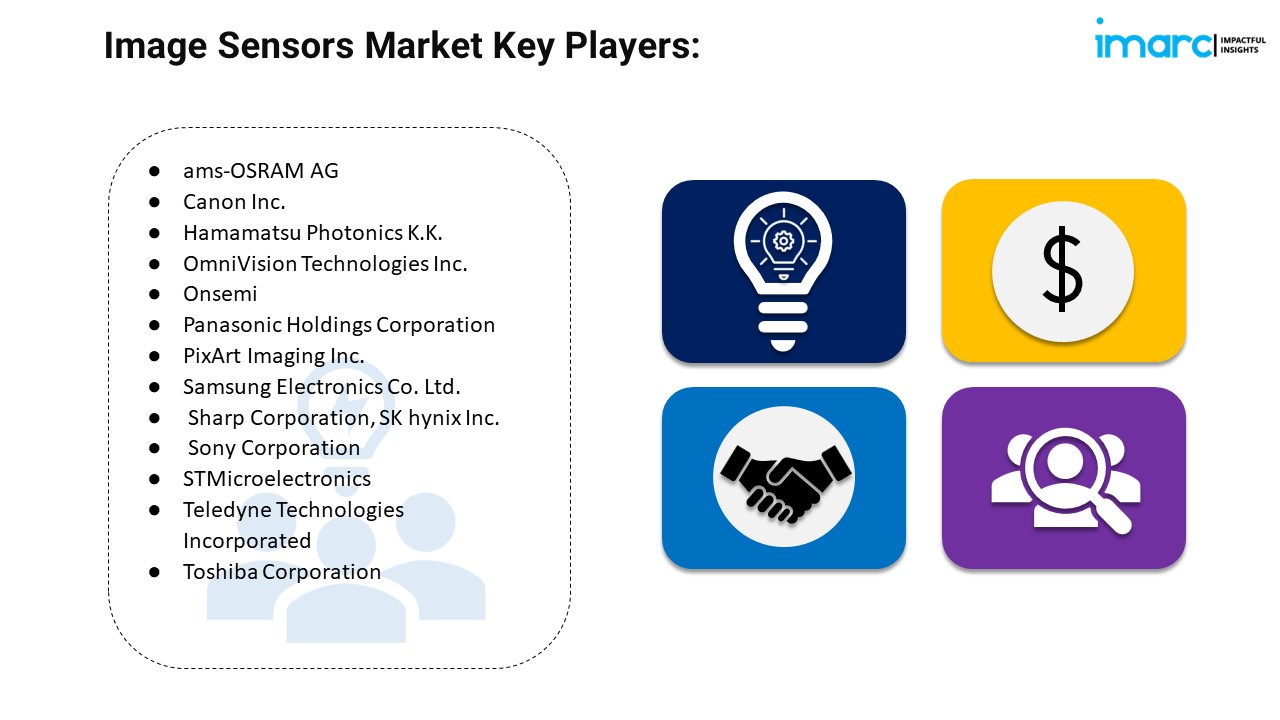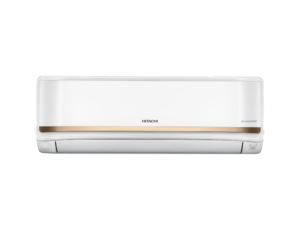
Market Statistics
Base Year: 2023
Historical Years: 2018-2023
Forecast Years: 2024-2032
Market Growth Rate: 8.1% (2024-2032)
The global image sensors market size reached US$ 26.4 Billion in 2023. Looking forward, IMARC Group expects the market to reach US$ 53.7 Billion by 2032, exhibiting a growth rate (CAGR) of 8.1% during 2024-2032.
Industry Trends and Drivers:
- Advancements in consumer electronics:
One of the most significant factors driving the global image sensors market is the continuous advancement in consumer electronics, particularly in smartphones, tablets, and cameras. As consumer demand for high-quality imaging and video experiences grows, manufacturers are pushing the boundaries of technology to deliver superior performance. Image sensors play a crucial role in this evolution, enabling devices to capture high-resolution images and videos. Innovations such as higher pixel counts, improved light sensitivity, and advanced features such as optical image stabilization are becoming standard in modern devices. For instance, the development of CMOS (Complementary Metal-Oxide-Semiconductor) sensors has greatly improved the quality of images in low-light conditions, making them increasingly popular in smartphones and digital cameras.
- Growth in automotive applications:
Another major factor driving the global image sensors market is the expansion of their applications in the automotive industry. The adoption of image sensors in vehicles is growing rapidly, driven by the increasing focus on safety, autonomous driving, and advanced driver-assistance systems (ADAS). Image sensors are critical components in systems such as rearview cameras, lane departure warnings, and collision avoidance systems. These sensors enhance vehicle safety by providing real-time visual data that helps drivers make informed decisions. For instance, rearview cameras have become a standard feature in many new vehicles, helping to prevent accidents during parking and reversing. As the automotive industry moves toward autonomous driving, the demand for sophisticated image sensors is expected to rise. Autonomous vehicles rely on a combination of sensors, including cameras, lidar, and radar, to perceive their surroundings and make driving decisions. High-resolution image sensors are essential for accurately detecting and identifying objects, pedestrians, and road signs, which are crucial for the safe operation of autonomous vehicles.
- Increasing focus on security and surveillance:
The rising focus on security and surveillance is another significant driver of the global image sensors market. As concerns about safety and security grow, both residential and commercial sectors are investing in advanced surveillance systems. Image sensors are a fundamental component of these systems, providing high-quality video and image capture for monitoring and security purposes. In the residential sector, the demand for smart home security systems is increasing. These systems often include cameras equipped with high-resolution image sensors that can capture detailed footage of the surroundings, enabling homeowners to monitor their properties remotely. Features such as motion detection, night vision, and facial recognition are becoming increasingly common in these systems, driving the demand for advanced image sensors. In the commercial sector, the need for surveillance in public spaces, such as airports, shopping malls, and city streets, is growing. Governments and businesses are investing in sophisticated surveillance systems to enhance public safety and deter criminal activities.
For an in-depth analysis, you can request a sample copy of the report: https://www.imarcgroup.com/image-sensors-market/requestsample
Image Sensors Market Report Segmentation:
Breakup By Technology:
- Complementary Metal-Oxide-Semiconductor (CMOS)
- Charge-Coupled Device (CCD)
- Others
Complementary metal-oxide-semiconductor (CMOS) dominates the market as it offers advantages such as lower power consumption, higher integration capabilities, and better performance in low-light conditions compared to other sensor technologies.
Breakup By Processing Type:
- 2D Image Sensors
- 3D Image Sensors
2D image sensors hold the maximum number of shares as they are widely used in a variety of applications, including consumer electronics and security systems, for capturing detailed images and videos in a flat, planar format.
Breakup By Spectrum:
- Visible Spectrum
- Non-visible Spectrum
Visible spectrum represents the largest segment as it covers the range of light that is most commonly used in everyday imaging applications, including cameras, smartphones, and security systems.
Breakup By Array Type:
- Linear Image Sensors
- Area Image Sensors
Linear image sensors dominate the market due to their widespread use in applications requiring high-speed image capture and scanning, such as barcode readers, document scanners, and certain industrial inspection systems.
Breakup By End Use Industry:
- Consumer Electronics
- Healthcare
- Security and Surveillance
- Automotive and Transportation
- Aerospace and Defense
- Others
Consumer electronics represent the largest segment due to the widespread integration of image sensors in devices such as smartphones, tablets, and cameras, which drives significant demand for high-quality imaging solutions.
Breakup By Region:
- North America (United States, Canada)
- Asia Pacific (China, Japan, India, South Korea, Australia, Indonesia, Others)
- Europe (Germany, France, United Kingdom, Italy, Spain, Russia, Others)
- Latin America (Brazil, Mexico, Others)
- Middle East and Africa
Asia Pacific holds the leading position owing to a large market for image sensors driven by its robust electronics manufacturing industry, significant consumer demand for advanced imaging technologies, and rapid technological advancements in countries such as China, Japan, and South Korea.

Top Image Sensors Market Leaders:
- ams-OSRAM AG
- Canon Inc.
- Hamamatsu Photonics K.K.
- OmniVision Technologies Inc.
- Onsemi
- Panasonic Holdings Corporation
- PixArt Imaging Inc.
- Samsung Electronics Co. Ltd.
- Sharp Corporation, SK hynix Inc.
- Sony Corporation
- STMicroelectronics
- Teledyne Technologies Incorporated
- Toshiba Corporation
If you require any specific information that is not covered currently within the scope of the report, we will provide the same as a part of the customization.
About Us:
IMARC Group is a global management consulting firm that helps the world’s most ambitious changemakers to create a lasting impact. The company provide a comprehensive suite of market entry and expansion services. IMARC offerings include thorough market assessment, feasibility studies, company incorporation assistance, factory setup support, regulatory approvals and licensing navigation, branding, marketing and sales strategies, competitive landscape and benchmarking analyses, pricing and cost research, and procurement research.





